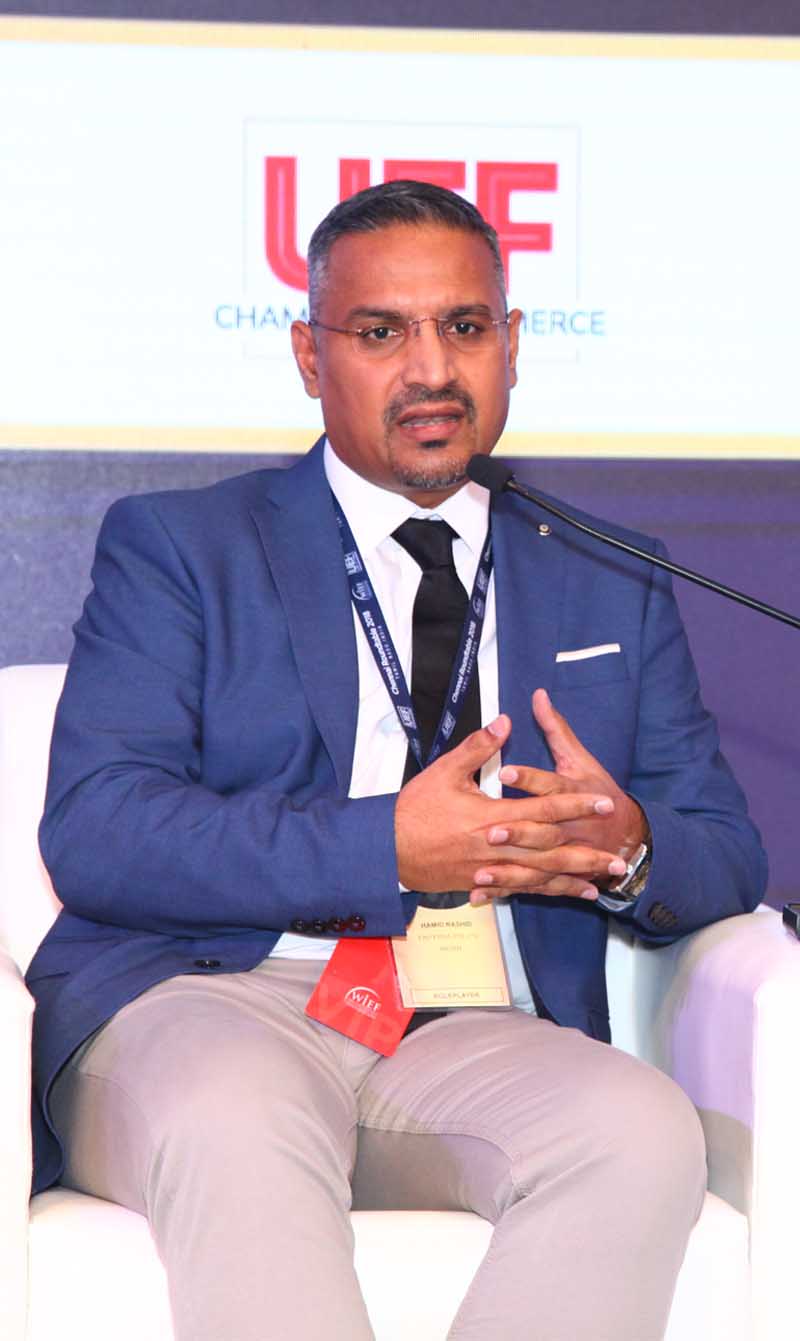Refining traditional modes
Today’s Islamic ways of financing are refining traditional modes and creating new options. The wide range of options available in financing and investment for waqf assets were discussed by Islamic finance specialists.*
Syed Muhammed Asim Raza, senior project specialist, Islamic Financial Services Department, Islamic Development Bank, examined traditional modes of financing, including the substitution or exchange of waqf, hukr, ijaratain, the establishment of new waqf to support old waqf, and borrowing to finance the operational needs of the waqf.
Explaining briefly how each mode of financing worked, he said that the substitution or exchange of waqf could be used when a property was depleted- because waqf property cannot be sold, substitution or exchange with another property enables the generation of sustainable revenue.
‘Ijaratain means two ijarah’s. Rent is collected in two parts: a lump sum first, then a small portion of the payment at a later stage, as monthly or quarterly payments,’ he said. The waqif or the organisation that owns the waqf also has the option of borrowing small amounts in order to make small rehabilitations or to continue the functions of the waqf.
Syed Muhammad examined various contemporary modes of financing that have helped Islamic financial institutions provide financing for the development of waqf assets and to make them sustainable.
‘Some of these modes of financing are the refinement of traditional modes. However, a number of new innovations were also introduced,’ he said, adding that these included leasing, istisnaa, murabahah, diminishing musharakah, build-operate-transfer (BOT) and line of financing.
‘Leasing is when the sale of the usufruct of an asset has been done in order to finance a waqf project. The lessor retains the ownership of the asset together with all the rights and responsibilities that go with the ownership. However, the lessee will receive the benefits associated with the asset, and is responsible for the payment of the predetermined rental,’ he explained.
According to Syed Muhammad, out of 64 projects developed by IDB around the world, 80 per cent had been financed this way. ‘The istisnaa mode of financing is usually used in non-IDB OIC-member countries. Istisnaa is a contract signed with the bank to provide financing for the development of the waqf, and the construction work is assigned to a contractor, or a project sponsor is appointed as an agent for the construction of the project. Upon completion of the project, it will be transferred to the owner of the project.’
Murabahah financing was usually used for the purchase of buildings, while the BOT model was used for big-ticket projects, and that ‘line of financing is where we provide financing to a local bank, which becomes our agent. They meet with the waqf directors and gather the good- quality projects,’ he said.
Upgrading waqf assets in Singapore
Finally, Syed Muhammad spoke about the IDB’s Awqaf Property Investment Fund, which was playing a pivotal role in the development of waqf properties worldwide.
‘The mandate of the fund is to provide financial assistance to transform idle waqf lands, for the procurement or purchase of constructed buildings, and to create an enabling environment for the development fund. We have been able to develop 64 waqf projects with an aggregate value of USD1.3 billion in almost 30 countries,’ he said.
After the overview of IDB’s various financing methods, Mohamed Azam Abdul Aziz, senior director of finance and asset development, Islamic Religious Council of Singapore (MUIS), presented specific case studies of how Singapore had upgraded its waqf assets.
According to Mohamed Azam, Singapore had 157 waqf properties amounting to almost 450,000 sq ft of lettable area valued at SGD635 million.
‘Most of the awqaf in Singapore were created close to a century ago. Given the age of these properties and the way waqf management was interpreted in the past, we had a lot of waqf properties which were not in good shape and a few that were liabilities,’ he said.
When MUIS embarked on the process of upgrading waqf assets about 25 years ago, it had to look into various ways of financing the upgrading programme. MUIS began with baitulmal financing, but there were limited funds available and the cash was tied up for long periods of 10 to 20 years. ‘This was not a sustainable form of financing,’ Mohamed Azam said.
Tenant financing was also limited due to difficulties in finding people willing to pump in the money for upgrading the assets. For bigger projects, MUIS dealt with musharakah bonds, but these came with dramatically higher risks.
Today, MUIS is also pursuing a mode of financing that draws on the concept of Singapore’s mosque-building fund. ‘Some of the newer mosques in Singapore are 100 per cent funded by the community. Every Muslim worker in Singapore donates a very small amount, 50 cents or so. The 50 cents will translate to millions,’ he explained.
Collaborative financing
This demonstrated the power of the democratisation of profit, which MUIS would then apply to waqf development and waqf investment. Mohamed Azam provided the example of two specific financing models: one was a cash waqf called Waqf Ilmu to benefit full-time and part-time Islamic education, while the other was a form of collaborative financing for a redevelopment project.
For the latter, financing came from individuals and institutions contributing to Waqf Ilmu, five mosques that each contributed SGD1 million, a madrasah purchasing several units, as well as the original waqf of Sherrifa Zain Alsharoff partnering with the MUIS subsidiary Warees Investment Pte Ltd. The property was owned by an SPV waqf, WRH Pte Ltd.
‘This is a very collaborative effort, and through this mechanism, we will not need to go through the financial markets for borrowings,’ said Mohamed Azam.
He noted that Singapore’s experience showed that financing structures and mechanisms were not difficult to put together. ‘The success of the project really is dependent on the trust and confidence that people have in you. The critical success factors are proactive management, transparency and strategic planning,’ he said.
Mohamed Azam wrapped up with the point that the waqf investment and redevelopment taking place in Singapore was not just about generating returns but about preserving a sense of heritage. ‘We’re looking for niche branding. It’s about heritage and giving back to the community underscored by proven financial investment management,’ he ended.
___________________
*This is based on a report from a WIEF Roundtable in 2015.
Photo Credit: Usama





